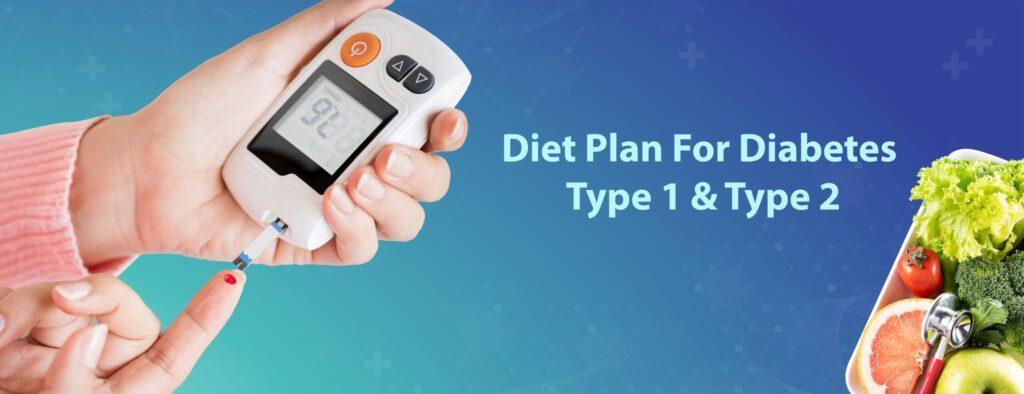diet plan for diabetes type – 1
In a Diet plan for diabetes, The food choices that are put down here below are charted out carefully and will send signals to your body to start balancing hormones and start burning fat. This will kick start your metabolism and you will feel suddenly “No More Cravings”, No More Snacking, Your body pains are gone, Your anxiety is gone, Your Antibodies will drop and it could be possible that you have to visit your doctor to lower the medicine.
YOUR HEALING JOURNEY STARTS HERE
This is a 21 days plan, but you will definitely see so many positive changes in your body that you can continue to follow this diet plan for the rest of your life. This is a Guide of new recipes that are easy to make, healing, and will promote weight loss.
Foods Allowed:
Foods with low glycaemic load (Complex carbs) Magnesium (Spinach/ broccoli/ pumpkin seeds/ almonds)
Non-starchy vegetables: leafy greens, broccoli, cauliflower, carrots, tomatoes, bell peppers, celery, Brussels sprouts, etc.
Healthy fats: coconut oil, avocado, olive oil
Seeds: chia seeds, flax seeds, hemp seeds, etc.
Fruits: apples, berries, oranges, bananas, pears, etc.
Plan out Your Meals – A well-scheduled diet helps the body to balance blood sugar levels.
Eat more fiber
Protein-rich foods- immune function, tissue repair, and muscle-building.
Healthy fats:
Hit the gym- for maintaining healthy blood sugar levels. Consider supplementation- Nuts, seeds and legumes, fruits, and vegetables – to help regulate healthy blood sugar levels.
Healthy fats like coconut oil, avocados, and olive oil – help stabilize blood sugar levels by delaying the emptying of the stomach.
- Panner, Flaxseeds, Chia Seeds, Sunflower Seeds, and Pumpkin seeds help reduce blood sugar levels, especially when paired with a nutritious diet and healthy lifestyle
- All Leafy Green Vegetables cooked (Palak, Mooli Patta, Beets patta
- Full fat Yogurt
- Soaked Nuts except for Peanuts
- Extra-Virgin Olive Oil, Coconut Oil, and Desi Ghee/Butter
- All vegetables Excluding Potatoes (Cabbage and Broccoli is best for you)
- Roti from Flaxseed Flour, Almond Flour, and Amaranth Flour only
- Chai with almond or coconut milk
- Buttermilk (Lassi)
- Black Coffee, Black Tea, Green Tea, Lemon Water, and all vegetable juices except carrot juice
Foods Not Allowed:
“Doing the right things only matters when you avoid the wrong things”
- Refined carbohydrates – Maida (Refined flour), White Rice, White Bread &, etc.
- Alcohol
- Conventional cow’s milk – triggers an immune response similar to gluten
- Hydrogenated oils – Sunflower/soybean/canola oil
- Artificial sweeteners – Commonly found in canned foods, bakery products
- Grains: bread, pasta, cereal, etc.
- Starchy vegetables: potatoes, yams, corn, sweet potatoes, etc.
- Snack foods: baked goods, candy, cookies, crackers, sweets, etc.
- Sugar-sweetened beverages: soda, juice, sports drinks, energy drinks, sweetened tea, etc
- White bread
- Brown Bread
- Puffed rice
- Poha
- Upma
- White rice
- White pasta
- White potatoes – Popcorn
- Melon, Banana, Dates, and other sweet fruits
Foods Occasionally allowed
Roti from Besan, Chestnut flour (Singhara atta), Oats Atta, Jwaar, Ragi Flour, Millet (Bajra)
Oats flakes
All Dals / Pulses
All Fruits
Chai with Cow milk Amaranth
Dosa made from dal
We are sure with following this diet, your sugar levels are definitely going to be under control.
diet plan for diabetes type – 2
If you are living with type 2 diabetes, eating a balanced diet can help you control your blood sugar and weight. Conversely, if your meal plan helps you achieve a healthy weight and keep your blood sugar within your target range, it can reduce your risk of complications like nerve damage and heart disease, and stroke.
Read on to learn more about how different diets and eating habits can affect the health and management of your type 2 diabetes.
You can follow a variety of diets and diets to meet your health needs. With type 2 diabetes, make sure to choose a diet rich in nutrient-dense foods, which can help provide the fiber, vitamins and minerals the body needs. You should also make sure to eat a variety of heart-healthy fats, including monounsaturated and polyunsaturated fatty acids. These substances can help lower your cholesterol levels to support heart health.
Likewise, eating more fiber-rich foods can improve blood sugar management and help you feel fuller longer, so you can avoid eating when you’re not hungry. Your diet should also be sustainable and easy to follow. Diet plans that are too restrictive or don’t fit your lifestyle can be much harder to follow in the long run.
Here are some examples of nutritious foods your diet should include:
● fruits (apples, oranges, berries, melons, pears, peaches)
● vegetables (like broccoli, cauliflower, spinach, cucumbers, zucchini)
● whole grains (quinoa, oats, brown rice, farro)
● legumes (beans, lentils, chickpeas)
● nuts (almonds, walnuts, pistachios, macadamia nuts, cashews)
● seeds (chia seeds, pumpkin seeds, flax seeds, hemp seeds)
● protein-rich foods (skinless poultry, seafood, lean cuts of red meat, tofu, tempeh)
● heart-healthy fats (olive oil, avocados, canola oil, sesame oil)
● beverages (water, black coffee, unsweetened tea, vegetable juice)
Foods to avoid
There aren’t many foods you need to avoid completely when you have type 2 diabetes. However, some foods are more nutrient-dense choices than others. This means they are richer in vitamins and minerals. In addition, they contain less fat, sugar, and cholesterol. Limiting your intake of foods high in saturated fats, trans fats, and added sugars can help better manage blood sugar levels and prevent diabetes-related health complications.
Here are some of the foods you should limit with type 2 diabetes:
● High fat meat (fatty cuts of pork, beef, and lamb, poultry skin, dark meat chicken)
● Full-fat dairy (whole milk, butter, cheese, sour cream)
● Sweets (candy, cookies, baked goods, ice cream, desserts)
● Sugar-sweetened beverages (juice, soda, sweet tea, sports drinks)
● Sweeteners (table sugar, brown sugar, honey, maple syrup, molasses)
● Processed foods (chips, microwave popcorn, processed meat, convenience meals)
● Trans fats (vegetable shortening, fried foods, dairy-free coffee creamers, partially hydrogenated oil)
Whatever diet or diet you choose to follow, it’s best to eat a variety of nutrient-rich foods and practice portion management. Try to limit your intake of saturated fats, trans fats, foods high in cholesterol, and added sugars.
Your doctor or dietitian can also help you develop a sustainable meal-planning approach that fits your health and lifestyle needs.

